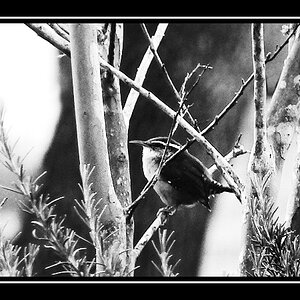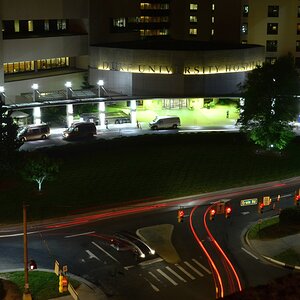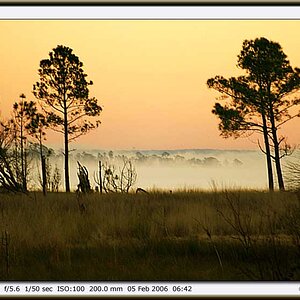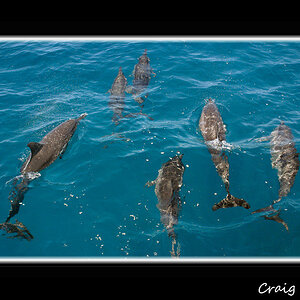MDesigner
TPF Noob!
- Joined
- Jun 11, 2008
- Messages
- 109
- Reaction score
- 0
- Can others edit my Photos
- Photos OK to edit
I'm a little confused about lenses that are advertised as macro lenses.. even though many lenses DO have the macro symbol printed on them along with a range (e.g. 0.9 feet). What exactly does 0.9 ft mean in this case? Is that the closest you can get to an object before it can't focus on it? What does macro mode on my EOS 40D actually do, from a technical standpoint, and how do I use macro mode in Av or Tv modes? (I'm pretty sure it has something to do with setting a certain focal length)
I'm looking at a Canon 60mm macro lens, and it says the closest focusing distance is 0.65 feet. Yet my old Nikon Coolpix 8700, far from DSLR, could do macro with a minimum distance of 3-4 inches or so.
How does this work?
I'm looking at a Canon 60mm macro lens, and it says the closest focusing distance is 0.65 feet. Yet my old Nikon Coolpix 8700, far from DSLR, could do macro with a minimum distance of 3-4 inches or so.
How does this work?



![[No title]](/data/xfmg/thumbnail/30/30989-2ed4e52fa80fcd0ba553c515ffc589cd.jpg?1619734553)
![[No title]](/data/xfmg/thumbnail/37/37537-25afab1a7980214af6067df3c997c353.jpg?1619738132)




![[No title]](/data/xfmg/thumbnail/30/30987-a33ca8e90b5d786c21e59d37945b9cc6.jpg?1619734552)



